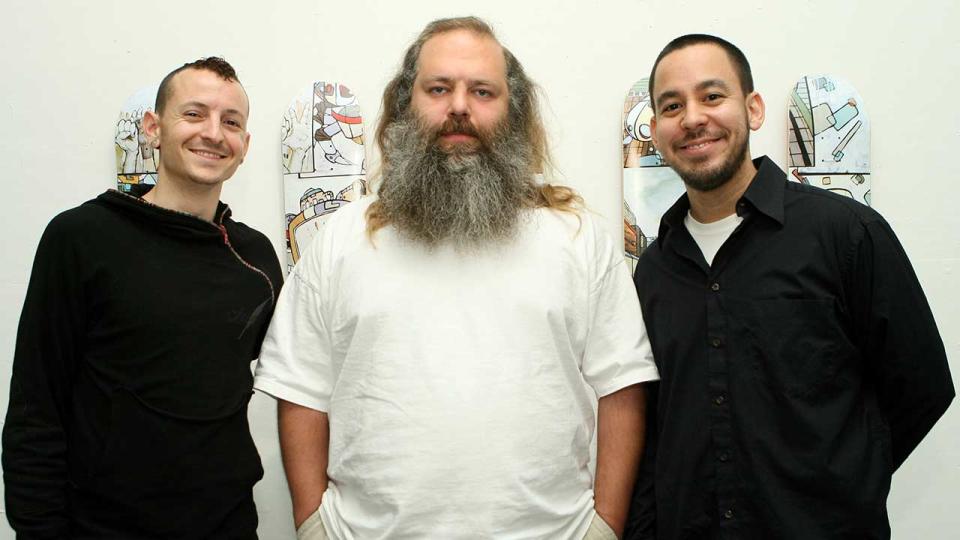How Rick Rubin helped Linkin Park break free from nu metal

Linkin Park were hardly in need of a makeover when they arrived at their third album in 2007. Their two previous records, 2000’s Hybrid Theory and the 2003 follow-up Meteora, had sold by the bucketload and made the nu-metal rap-rock crew from California huge. But, led by their late frontman Chester Bennington, Linkin Park weren’t the sorts to settle into a comfort zone. Their 2004 collaboration with Jay-Z was previous evidence of their willingness to venture into the unknown, a move that Bennington knew might have cost them a few fans who didn’t want their rock band introducing a hip-hop superstar to their sound. “For rock fans in general, the whole Jay-Z thing might well have been hard to swallow,” Bennington told Classic Rock’s Dave Ling, “but the average Linkin Park fan found it really exciting.”
Doubling down on that approach, they enlisted the services of Rick Rubin for the album that would become Minutes To Midnight. Who better to help the band hone their meld of rock and hip-hop than the man who once produced albums by Run-DMC, Slayer and Beastie Boys all in the same year? Famed for guiding artists through a creative reset, the Def Jam co-founder helped Linkin Park rip it up and start again. “Hybrid Theory and Meteora were similar in many ways,” Bennington told Classic Rock. “When it came to making [Minutes To Midnight], we knew all too well that the music had to change – a lot. With what we’d done before, we almost put ourselves in a cage. It was time to break free of that.”
“They really reinvented themselves,” Rubin added. “It doesn’t sound like rap-rock; it’s a very melodic, progressive sound.” Rubin put them through an intense songwriting workout: over 15 months, they wrote around 150 tracks, demoing about a hundred of them and whittling it down to the best 17 to record proper. Twelve of those made it onto the finished record. “We tried to question our songwriting process every step of the way,” Bennington explained. “We opened our minds and believed we could make just about anything into a Linkin Park track.”
“Rubin has a touch of genius,” said Linkin Park bassist Dave Farrell. “He’s one of the few people I’ve met who thinks differently than normal. He’s comfortable working without a safety net and he doesn’t have a set of tricks he brings out with every artist.”
Rubin encouraged the band to leap into new sonic textures and try out different instruments, even dusting off the drum machine that he used on the Beastie Boys’ 1986 debut Licensed To Ill to use on the record. The ploy worked. Despite being the most experimental of their three records to date, Minutes To Midnight became another huge hit for Linkin Park, going five times Platinum in the US and topping charts around the globe. It sealed their status as one of the biggest rock bands of the new millennium, prompting further collaborations between Linkin Park and Rick Rubin on future recordings.

